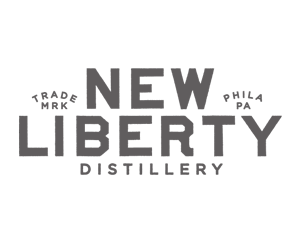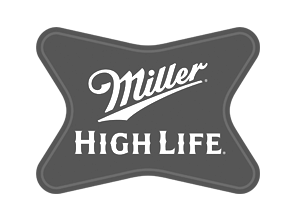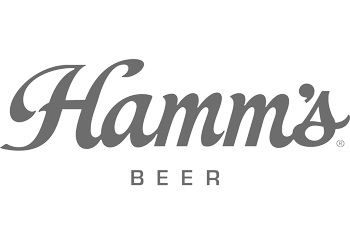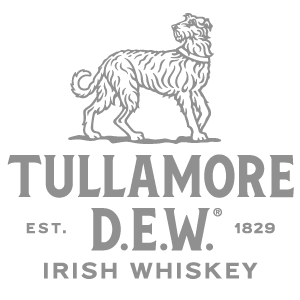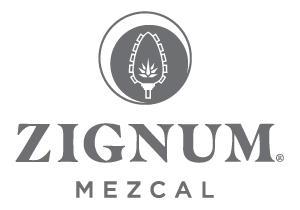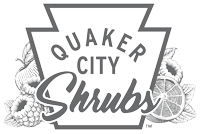Consumers want to be told that the products they’re purchasing and enjoying are better for the world at large. Here are some distilleries that actually are making a difference.
By Brad JapheGrain, water, yeast—and CO₂? On average, crafting a single 750-milliliter bottle of liquor results in some 6.5 pounds of carbon dioxide being released into the atmosphere, equivalent to burning a third of a gallon of gasoline, a recent report from the Beverage Industry Environmental Roundtable concluded.
Specifically, making whiskey is such an energy-intensive enterprise because it requires weighty raw ingredients to be trucked over long distances. And distillation itself is a largely inefficient process—heating the stills and maintaining temperatures only to keep less than 40% of the final distillate once you discard the heads and tails. An immense amount of grain produces relatively little liquid: Approximately 100 kilograms (222 pounds) of cereal will make 600 liter of mash, yielding up to 87 liters of 80-proof whiskey. Creating all those barrels and glass bottles has an immense carbon footprint, too.
As with other industries, consumers are demanding better, and whiskey makers are clamoring to claim at least some commitment to the cause.
Buffalo Trace—among the biggest whiskey makers in the U.S.—recently joined with the University of Kentucky to help promote the long-term sustainability of white oak, the wood used to make bourbon barrels. Johnnie Walker, the world’s largest Scotch producer, is ambling in the right direction with its Next Steps Initiative, which pledges to reduce the distiller’s carbon footprint by 15% before 2030.
An ecological approach can also be an economical one in several key elements of production. Harnessing the heat of wastewater in a closed system, for example, is ultimately cheaper than paying to have it treated and reintroduced to the municipal supply. Gifting the spent grain of fermentation as cattle feed sidesteps the cost of having it carted away as refuse. Growing your own grain is even better, removing the fuel necessary to transport it to the stillhouse.
Advancements in solar technologies, heat reclamation systems, rainwater collection, and ways to more efficiently direct energy and temperature management: These are being built into operations including Company Distilling, a project from Jack Daniels’s former master distiller that’s set to open later this year in eastern Tennessee. Anaerobic digesters have come a long way since they first started making their way into distilleries in the 1980s. It’s not uncommon for operations to produce 30% to 40% of their energy from the waste/spillage that they create during production.
Time, as with everything whiskey, is key to achieving meaningful sustainability—and cutting through greenwashing marketing efforts. Brands are all too eager to advertise that they are employing environmentally conscious methods: planting trees, offsetting carbon, etc. Yet more often than not, when you dig through the marketing material, you find that it’s just that.
Here’s a look at the bottles you can buy now that have already been maximizing green in the grain in a real, impactful way.
Marble Distilling Co.
For its Hoover’s Revenge Ragged Mountain rye ($66), this Carbondale, Colo.-based distillery sources its grains from a farm less than a mile away. A full 100% of the water used on-site—from fermentation to distillation, to proofing down, to heating and cooling—is reused, saving more than 4 million gallons of runoff per year. The whiskey itself is round and robust, thanks to the inclusion of high-altitude wheat in its mash bill.
Bowmore
Malting is the process by which barley is heated and readied for fermentation. Although in Scotland it was traditionally done on perforated floors at the distillery, it largely takes place off-site in massive industrial kilns these days. Since 1984 on the Hebridean isle of Islay, Bowmore has been utilizing a heat recovery system to keep the past alive—and low impact. Hot air rolling off the stills is piped to the malting floor during the heating process. The system also heats the local community pool, which sits in what was once a distillery maturation warehouse. And even as Scotch prices soar, the 25 Year Old single malt ($400) remains one of the best value luxury labels on the market.
Blinking Owl
Ever since it opened in 2013, this Orange County, Calif., craft outfit has neurotically pursued the goal of offering a 100% state-grown product. Beyond keeping things as local as possible—removing the diesel fuel inherent to long-distance sourcing—Blinking Owl works almost exclusively with organic producers and growers who employ sustainable farming practices. A limited edition Bottled-In-Bond bourbon ($250) is easily among the tastiest American whiskey releases of 2021.
Belgrove Distillery
When you’re thinking of a hearty rye, Tasmania is likely not the place that comes to mind. Yet this estate operation from the far-flung corner of southeastern Australia is fashioning the grain into their eponymous A$155 ($120) Belgrove rye whisky, which is sturdy enough to rival the best that Kentucky or Pennsylvania has to offer. It’s birthed from the world’s first—and only—biodiesel still, fueled by waste from a local fish-and-chip fryer. Owner Peter Bignell grows his own grain and feeds leftover mash to his sheep. He’s even considering using their dung in lieu of peat to smoke future batches.
The Macallan
Opened in 2018, the Macallan’s new $200 million home is a stunning structure with undulating contours meant to evoke the surrounding Scottish countryside—and protect the water of the nearby River Spey, the very heart and soul of Speyside whisky. The entire operation is capped under one of Europe’s largest green roofs, spanning just over 12,000 square meters. It’s planted with a mix of native grasses and herbs, providing food and nesting space for birds and insects and regulating thermal transfer into and out of the facility. A water management system returns cooling water pulled from the Spey to the rolling river in full, absent only a scant amount of evaporation.
Scotch, by law, has to be a minimum of 3 years old, so very shortly we should see some of this sustainably produced liquid working its way into some non-age-statement expressions. In the meantime, every bottle of Edition 6 ($150) funds a charitable partnership between the distillery and the Atlantic Salmon Trust, funding research into protecting the fragile ecosystem of the fish along the waterway.
Tamworth Distillery
The craft darling of central New Hampshire relies exclusively on organic corn to produce its award-winning Old Man of the Mountain Bottled-In-Bond bourbon ($55). But working with sustainable crops results in acidified byproducts just the same. Shortly after opening in 2015, the distillery invested in a centrifugal separator, which efficiently processes and upcycles 250 gallons of spent grain slurry a day. Partnering with nearby Sunnyfield Brick Oven Bakery, close to a half-million pounds of “waste” finds new life in Distiller’s bread: a combination of organic flours, cornmeal, blackstrap molasses, yeast, sea salt, and malted barley.
Maker’s Mark
In Loretto, Ken., one of the world’s biggest bourbon brands had been using its spent grain as an alternative source of fuel for its signature wax-dipped bottles ($30). “Thick slop”—as it is affectionately referred to in the industry—was treated aerobically in a reactor. The result was a high-methane biogas, which was collected and compressed before being fed to the boilers (and byproducts from that fed to cattle). It accounted for a 25% reduction in natural gas consumption at the distillery from 2010 until 2013. Some of that liquid is just now exiting the barrel eight years later.
Unfortunately, the technology couldn’t keep up with increasing demand, highlighting how scalability can scuttle green initiatives. But parent company Beam Suntory is taking meaningful steps to protect water sources and land adjoining the property. In partnership with the University of Kentucky, they’re working on ways to “develop watershed balance” at all of Beam Suntory’s facilities across the Bluegrass State.
Far North Spirits
As advertised, this producer is the northernmost craft distillery in the continental U.S., located less than 20 miles below the Canadian border in Minnesota. It’s also among the greenest, growing all its grain on site, which is the biggest eco boon a distiller can achieve. The vast majority of other materials Far North uses are either source-reduced (meaning only low-impact products are even considered), composted, or reused (e.g., spent grain as fertilizer). A retrofit to the boiler has reduced water consumption by half as well. You won’t even find a trash dumpster on the property. If you want to sample how tasty sustainability can be, secure a bottle of the Roknar Minnesota rye ($35), distilled from estate-grown Hazlet Winter rye and heirloom corn, then finished in cognac barrels.









